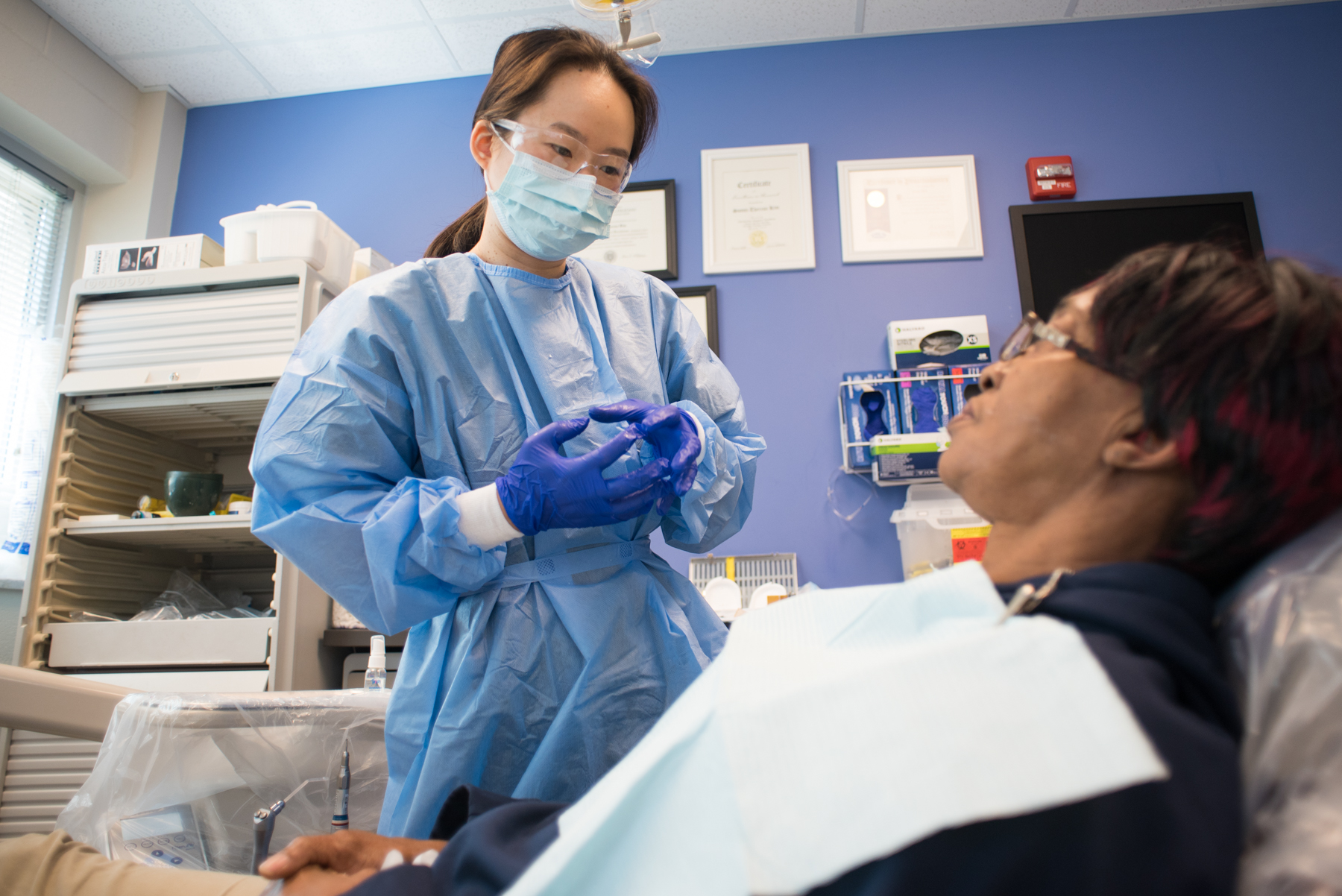In recent years, the landscape of diagnosing sleep apnea has undergone a remarkable transformation with the advent of home sleep apnea tests (HSATs). This evolution has not only brought about greater convenience and accessibility but has also sparked discussions about the financial aspects associated with these tests. As individuals prioritize their health and well-being, understanding the financial implications of HSATs, including costs and insurance coverage, becomes paramount.
The Rising Demand For Home Sleep Apnea Tests
Sleep apnea, a prevalent sleep disorder affecting millions worldwide, is characterized by interrupted breathing during sleep, leading to poor sleep quality and potentially severe health complications. The traditional method of diagnosing sleep apnea involved overnight stays at sleep centers, which could be both logistically challenging and financially burdensome. However, the emergence of HSATs has transformed this landscape by allowing individuals to undergo sleep apnea testing in the comfort of their own homes.
Cost Considerations: Breaking Down The Numbers
One of the primary drivers behind the popularity of HSATs is their comparatively lower cost. Traditional in-lab sleep studies can cost thousands of dollars due to facility fees, professional fees, and additional charges. In contrast, HSATs offer a cost-effective alternative without compromising diagnostic accuracy. On average, the home sleep apnea test cost ranges from $150 to $500, making it a more budget-friendly option for individuals concerned about both their sleep health and financial well-being.
Navigating Insurance Coverage For Home Sleep Apnea Tests
The affordability of HSATs becomes even more pronounced when considering insurance coverage. Many insurance providers recognize the medical necessity of sleep apnea testing and, as a result, offer varying degrees of coverage for HSATs. However, navigating the complex landscape of insurance policies and claims can be a daunting task.
Insurance coverage for HSATs hinges on factors such as medical history, symptoms, and the policy specifics of the insurance plan. Some plans may cover the entire cost of the test, while others might require a deductible or copayment. To make informed decisions, it is crucial for individuals to engage in proactive communication with their insurance providers. Verifying coverage, understanding pre-authorization requirements, and obtaining detailed information about reimbursement can help prevent unexpected financial burdens.
The Long-Term Financial Benefits
Investing in a sleep apnea test at home with insurance can yield substantial long-term financial benefits. Timely diagnosis and treatment of sleep apnea can mitigate the risk of developing more serious health issues such as cardiovascular diseases, diabetes, and hypertension. By addressing sleep apnea early on, individuals can potentially reduce the need for costly medical interventions down the road, thus safeguarding their financial well-being in the face of escalating healthcare expenses.
Embark on a journey of discovery through an array of informative posts tailored for those intrigued by the world of “Mutual Fund Distributor Platforms” Uncover a wealth of articles that delve deep into the nuances of these platforms, offering valuable insights, step-by-step guides, and expert analyses. Whether you’re an aspiring financial advisor looking to navigate the landscape or an investor seeking to understand how these platforms work, our collection of posts serves as a comprehensive resource to quench your curiosity and elevate your understanding of the crucial role that mutual fund distributor platforms play in facilitating investment opportunities.
Promoting Financial Literacy In Sleep Health
As the popularity of HSATs continues to grow, promoting financial literacy in the realm of sleep health becomes vital. Individuals should consider factors beyond the initial cost, including potential savings from early intervention and improved overall health. Furthermore, researching and comparing different HSAT providers can help individuals find cost-effective options without compromising quality.
Conclusion
The introduction of home sleep apnea tests has revolutionized the diagnosis of sleep apnea by offering a convenient and cost-effective alternative to traditional in-lab studies. As individuals prioritize their health, understanding the financial implications of HSATs is essential. By evaluating the costs, exploring insurance coverage, and recognizing the long-term financial benefits, individuals can make informed decisions that not only enhance their sleep health but also contribute to their overall well-being. As the healthcare landscape continues to evolve, embracing both the technological advancements and the financial considerations will empower individuals to take charge of their sleep health journey.



